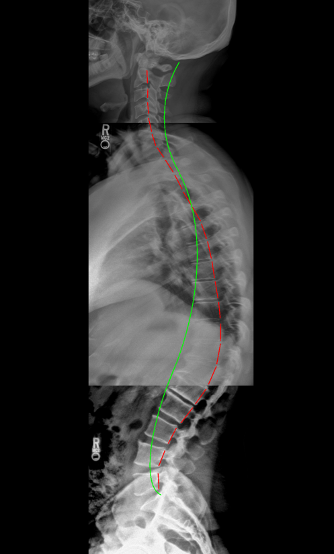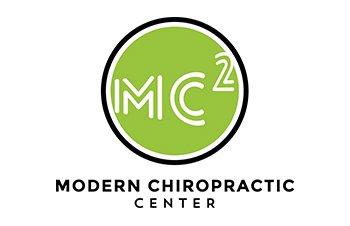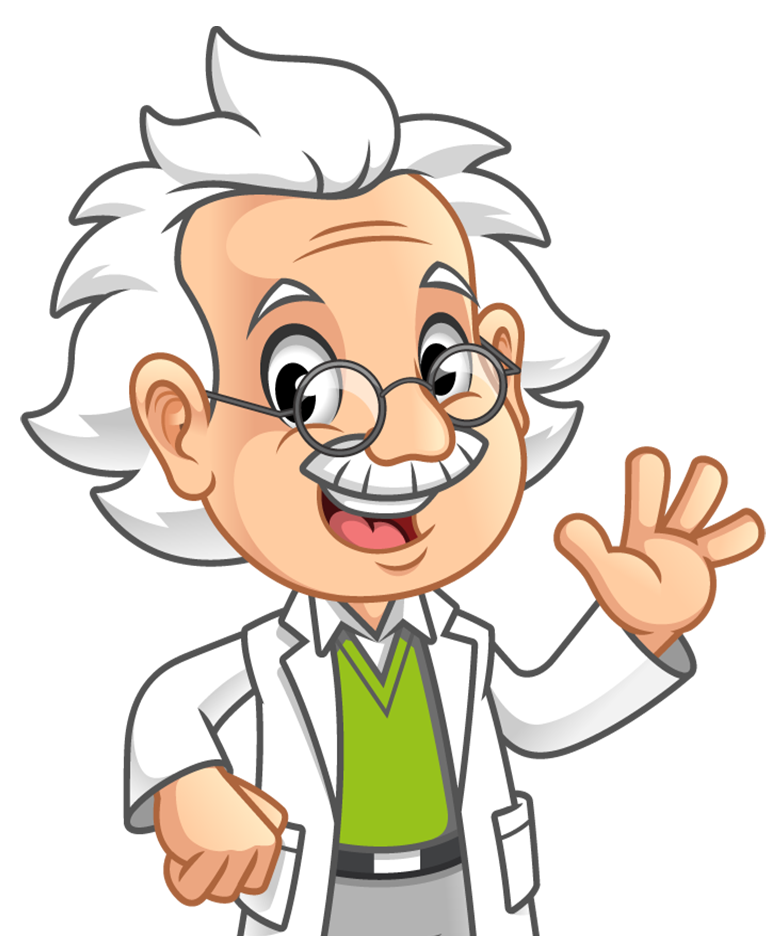Conservative Treatment of Scheuermann’s Kyphosis
Scheuermann’s kyphosis, also known as Scheuermann’s disease or juvenile kyphosis, is a condition that affects the development of the thoracic spine (the middle and upper back). It is characterized by an abnormal curvature of the spine, resulting in a rounded or hunched back appearance.
The condition is most commonly diagnosed in adolescence, and affects boys more often than girls. The exact cause of Scheuermann’s kyphosis is not fully understood, but it is believed to be related to a combination of genetic and environmental factors, such as poor posture or abnormal spinal growth.

How Do I Know if I Have Scheurmann’s Kyphosis?
The main symptoms of Scheuermann’s kyphosis include a rounded or hunched appearance of the upper back, stiffness or discomfort in the back, and fatigue or discomfort after sitting or standing for prolonged periods of time. In severe cases, the condition can also lead to breathing difficulties or neurological symptoms.
Diagnosis of Scheuermann’s kyphosis typically involves a physical examination, medical history, and imaging studies such as X-rays or MRI scans. Treatment may include physical therapy, exercises to improve posture and flexibility, and bracing to prevent further progression of the curvature. In severe cases, surgery may be necessary to correct the curvature and alleviate symptoms.
It is important to note that Scheuermann’s kyphosis is a relatively rare condition, and not all cases of thoracic kyphosis are due to Scheuermann’s disease. A healthcare professional should always be consulted for proper diagnosis and treatment of any spinal condition.
Exercises to Help Scheurmann’s Kyphosis
There are several exercises that may be beneficial for individuals with Scheuermann’s kyphosis to help improve posture, flexibility, and muscle strength. However, it is important to consult with one of our trained, licensed healthcare professionals before starting any exercise program, as certain exercises may not be appropriate for all individuals with Scheuermann’s kyphosis. Here are some exercises that may be helpful:
- Stretching exercises: Tightness in the chest, shoulders, and neck muscles can contribute to the rounding of the upper back in individuals with Scheuermann’s kyphosis. Stretching exercises can help improve flexibility in these areas. Examples of stretching exercises include chest stretches, shoulder blade stretches, and neck stretches.
- Postural exercises: Exercises that focus on improving posture can help strengthen the muscles of the upper back and improve alignment of the spine. Examples of postural exercises include chin tucks, scapular retractions, and shoulder blade squeezes.
- Core strengthening exercises: Strengthening the muscles of the core, including the abdominals and lower back, can help improve posture and reduce strain on the spine. Examples of core strengthening exercises include planks, bridges, and bird dogs.
- Aerobic exercises: Engaging in regular aerobic exercise, such as walking, cycling, or swimming, can help improve overall fitness and support a healthy spine.
It is important to start any exercise program gradually and to avoid exercises that cause pain or discomfort. One of our board-certified Doctors of Chiropractic at Modern Chiropractic Center can help design an individualized exercise program based on the individual’s specific needs and goals. Contact us today or schedule an appointment online.





